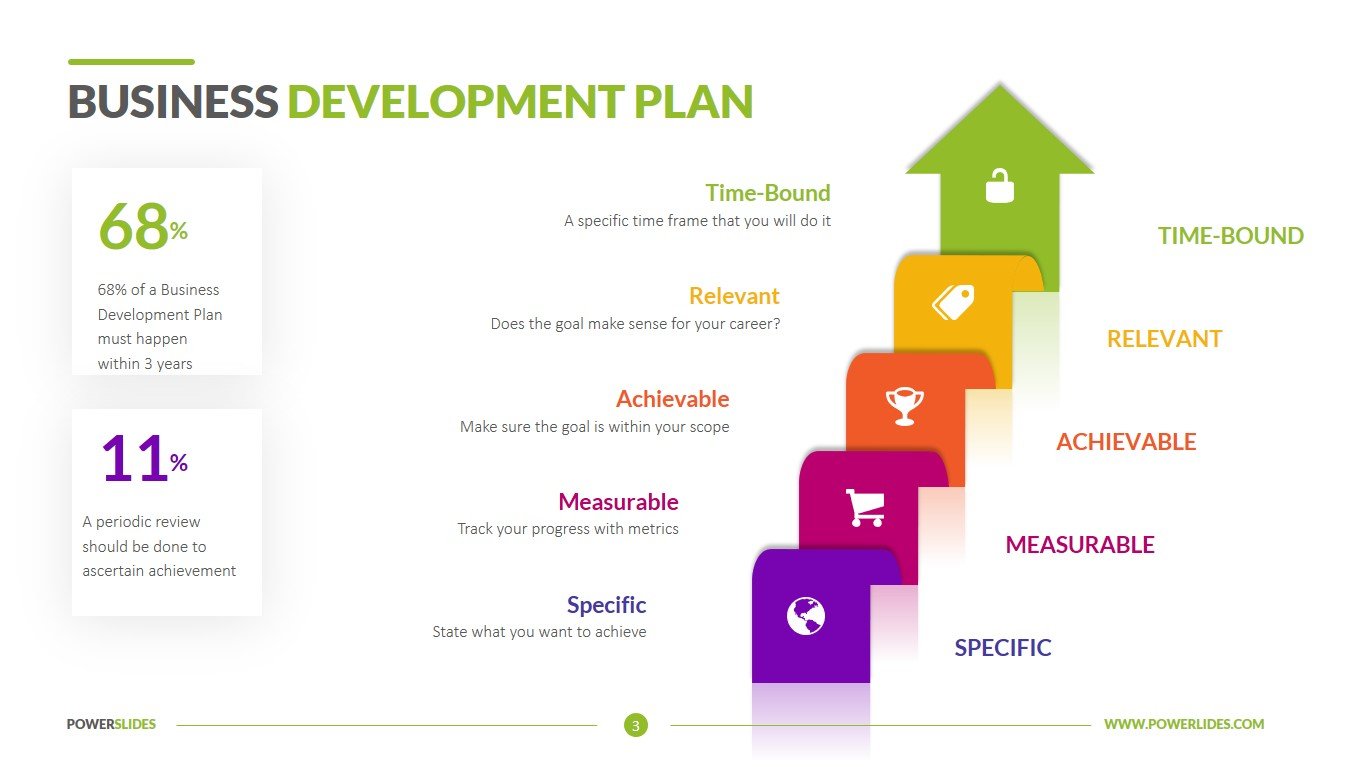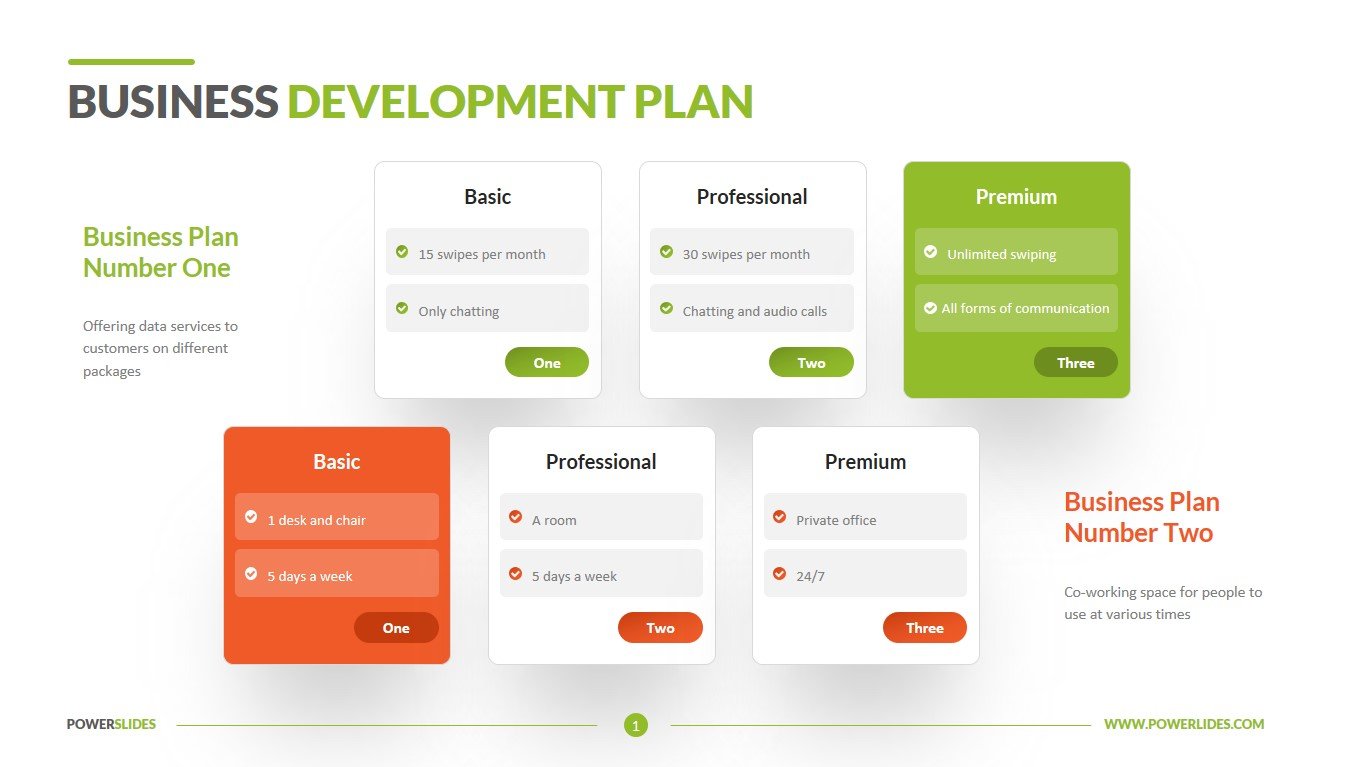
What is Business Development Planning?
Business development planning is a strategic process that helps organizations identify and pursue growth opportunities. It involves creating a roadmap for business growth and outlining objectives, strategies, and actions to achieve those goals. Business development planning focuses on expanding market share, increasing profitability, and building sustainable competitive advantages.
Effective business development planning requires a deep understanding of market dynamics, customer needs, and competitive landscape. It involves analyzing internal strengths and weaknesses, as well as external opportunities and threats. By aligning business goals with market realities, organizations can develop strategies that drive sustainable growth and long-term success.
Why is Business Development Planning Important?
Business development planning is crucial for organizations of all sizes and industries. It provides a structured approach to identify growth opportunities and maximize business potential. Here are some key reasons why business development planning is important:
- Strategic Focus: Business development planning helps organizations align their resources and efforts toward strategic goals. It provides a framework to prioritize initiatives and make informed decisions.
- Market Insights: Through market analysis, organizations gain valuable insights into customer needs, industry trends, and competitive dynamics. This knowledge helps in developing effective strategies to tap into new markets or expand existing ones.
- Risk Management: Business development planning helps organizations identify potential risks and challenges. By anticipating and addressing these risks, organizations can minimize their impact and ensure business continuity.
- Resource Optimization: With a clear roadmap and objectives, organizations can optimize their resource allocation. This ensures that resources are allocated to the most promising opportunities, maximizing return on investment.
- Collaboration: Business development planning encourages cross-functional collaboration within an organization. It brings together different departments and stakeholders to work towards common goals, fostering teamwork and innovation.
How to Create an Effective Business Development Plan
Creating an effective business development plan requires careful analysis, strategic thinking, and a clear understanding of organizational goals. Here are the key steps involved in the process:
1. Define Your Business Goals
The first step in business development planning is to define your business goals. What do you want to achieve? Are you looking to increase market share, launch new products, expand into new markets, or enhance customer experience? Clearly articulate your objectives to provide a direction for your planning process.
2. Conduct a SWOT Analysis
A SWOT analysis is a powerful tool that helps organizations evaluate their strengths, weaknesses, opportunities, and threats. Evaluate your internal capabilities, such as your core competencies, resources, and infrastructure. Identify external factors, such as market trends, competitive landscape, and regulatory environment. This analysis will help you identify areas of focus and potential growth opportunities.
3. Identify Target Markets and Customers
Identify your target markets and customers based on your business goals and market analysis. Understand their needs, preferences, and buying behavior. This will help you tailor your products, services, and marketing strategies to effectively reach and engage your target audience.
4. Develop Strategies and Action Plans
Based on your goals, SWOT analysis, and target market insights, develop strategies to achieve your objectives. These strategies should be actionable and aligned with your organization’s core competencies and resources. Break down your strategies into specific action plans with defined timelines, responsibilities, and key performance indicators (KPIs).
5. Implement and Monitor Progress
Implement your business development plan and monitor progress regularly. Track key metrics, such as sales revenue, market share, customer satisfaction, and profitability. Assess the effectiveness of your strategies and make adjustments as needed. Regularly review and update your business development plan to stay agile and responsive to market dynamics.
6. Foster a Culture of Innovation
Business development planning is not a one-time activity. It requires a continuous focus on innovation and adaptation. Foster a culture of innovation within your organization by encouraging creativity, embracing change, and investing in research and development. Stay updated on industry trends and emerging technologies to identify new growth opportunities.




Benefits of Business Development Planning
Effective business development planning offers numerous benefits to organizations. Here are some key benefits:
- Growth and Expansion: Business development planning enables organizations to identify and pursue growth opportunities, expand into new markets, and diversify their product portfolio.
- Competitive Advantage: By leveraging their core competencies and market insights, organizations can build sustainable competitive advantages, differentiate themselves from competitors, and create barriers to entry.
- Increased Profitability: Business development planning helps organizations optimize their resource allocation, improve operational efficiency, and maximize profitability.
- Better Decision-Making: With a clear roadmap and data-driven insights, organizations can make informed decisions, minimizing risks and maximizing returns.
- Stronger Customer Relationships: Business development planning enables organizations to better understand their customers’ needs and preferences, leading to improved customer satisfaction and loyalty.
Conclusion
Business development planning is an essential process for organizations aiming to achieve sustainable growth and success. By defining clear goals, conducting thorough analysis, and developing actionable strategies, organizations can unlock new opportunities, build competitive advantages, and maximize their potential. Regular monitoring and adaptation ensure that the business development plan remains relevant and responsive to market dynamics. Embrace business development planning as a strategic tool to drive your organization’s growth and prosperity.
Business Development Planning Template Word – Download